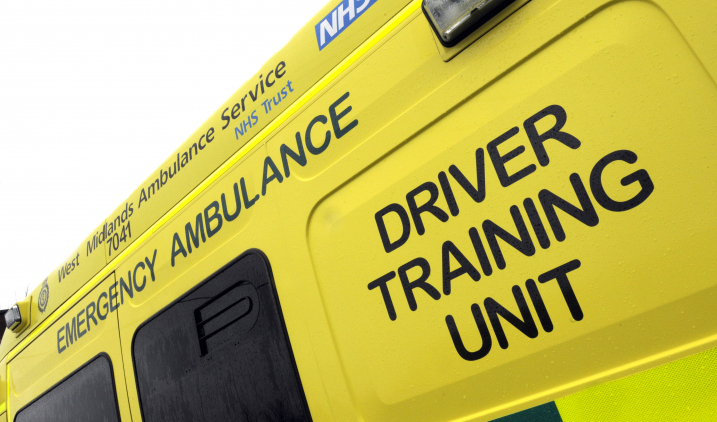Driver
Drivers are at the heart of the NHS by making sure that our patients, goods and supplies are where they need to be at the right time.
Working life
As a driver, you could drive:
- a patient transport service (PTS) vehicle (part of the ambulance service)
- a minibus to collect patients to go to a day centre
- a van to transport supplies or documents around NHS sites
- a mobile dental unit for a community health provider
- a NHS Blood and Transplant vehicle as part of the blood donor team

You may be responsible for checking the vehicle before and after work, keeping it clean inside and out and reporting any faults.
Some PTS drivers are volunteers who use their own cars to transport patients.
Drivers may combine driving with other work, for example
- driver/fitter
- driver/storesperson
- driver/warehouse operative
Who will I work with?
Depending on your role, you might work with ambulance care assistants nurses or donor carers. You may also work alone.
Entry requirements
Drivers in the NHS have to have the correct driving licence for the vehicle they drive. Most employers expect you have a driving licence when you apply. NHS and ambulance service trusts use vehicles of different sizes, so check carefully which classifications you need on your licence.
Employers expect good levels of numeracy and literacy. They may ask for GCSEs (or equivalent) in English and maths. Employers may also ask for relevant driving or customer service experience. This could be from paid or voluntary work.
Skills needed
NHS drivers need to be:
- safe and careful drivers
- physically fit for getting in and out of vehicles and loading and unloading
- able to navigate around an area using sat nav or maps
- able to keep to a schedule
- willing to work unsupervised
- driving skills
- good customer service skills, especially when dealing with patients
- communication skills
- organisation skills
Training and development
When you join the NHS as a driver, you will get the training you need. This may depend on the type of driving you are doing. The training may include health and safety, lifting and handling and customer care. You can expect to go on short courses on particular topics such as handling hazardous waste. You may be encouraged to take further qualifications such as training to drive other vehicles.
With experience, you could progress to become a team leader or supervisor and be in charge of a team of drivers. You can also progress by training to drive other vehicles and even apply to become a driving instructor.
You could also apply to train for other roles such as an emergency care assistant or ambulance care assistant.
Pay and benefits
Drivers directly employed by the NHS will be paid on the Agenda for Change (AfC) pay system, usually at bands 2 or 3. You'll work standard hours of around 37.5 a week andmay work shifts including early starts and evenings. Some drivers may be volunteers and paid an allowance for using their vehicle.